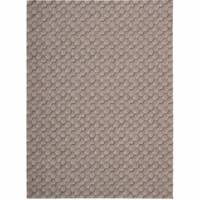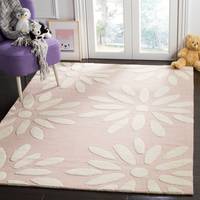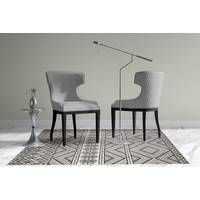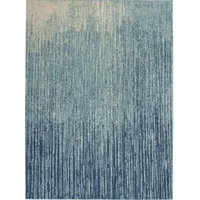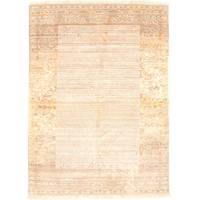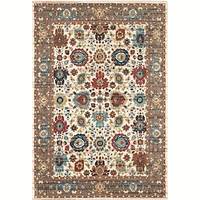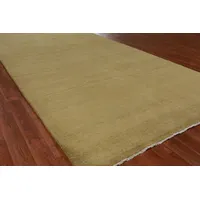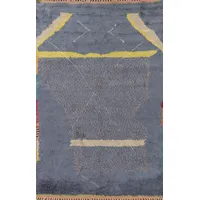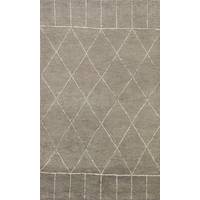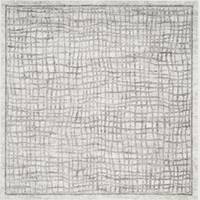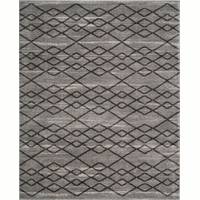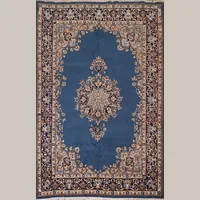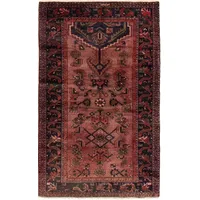Oriental Rug of Houston Hand Knotted 300 KPSI Antique Rose Persian Wool Traditional Area Rug
Description
Heirloom quality! This is an authentic antique Sarouk with 300 kpsi in reasonable condition for its age. Made between the two World Wars, this rug is what is known as American Sarouk. These American Sarouk rugs were chemically stripped, and hand painted in shades of red as the American consumers were not happy with the original color. Sarouk rugs originated in Arak region of Iran in the early 1900s and are legendary for their high-quality weave and exquisite craftsmanship. Its color palette includes the famed dohi ronas color of blush and navy. The rug is made of lustrous wool with asymmetrical Perzian knot on a double warp of cotton. The inner field features the classic sprays of floral and botanical motifs on a red field. It is flanked by a handsome border adorned with Shah Abbasi floral motif. The overall impression is one of regality, sophistication, and unparalleled craftsmanship. Available for in-person and video consultation, by appointment only. Story Behind the Art: Within the world of rug craftsmanship, the designation of Sarouk is bestowed upon rugs woven in the Arak region, its surrounding villages, and the vast Farahan plains of Turkey. These rugs from the 19th century often featured a repetitive Herati or Gul Hennai pattern that adorned their entirety, meticulously woven with around 100 asymmetric knots per square inch on a cotton foundation. As the late 1800s rolled in, there emerged a notable shift in style as factory-made rugs sought to emulate the designs of Tabreeze, introducing intricate floral medallions into their patterns. The dominance of medallion designs persisted until the aftermath of World War I, when Sarouk rugs underwent a transformation, embracing detached floral sprays as their hallmark. This innovative design swiftly captured the public's imagination. Today, the Sarouk tradition endures, with rugs bearing these detached floral spray motifs being skillfully crafted in countries as diverse
You may also like
loading
Discover more









































